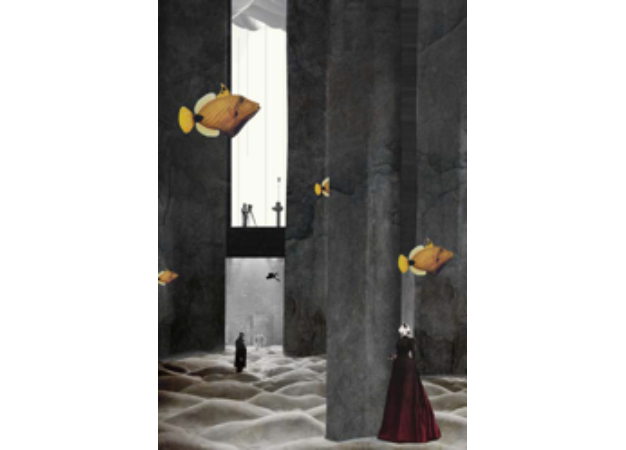oase
OASE is an independent, international, peer-reviewed journal for architecture that brings together academic discourse and the sensibilities of design practice. OASE advocates critical reflection in which the architectural project occupies a central position, yet is understood to be embedded in a wider cultural field. Intersections and affinities with other disciplines are explored in order to gain a more profound understanding of the practice and theory of architecture and rearticulate its disciplinary limits. Published three times a year, each OASE provides a rigorous investigation of a specific theme, featuring architecture, urban design and landscape design and insisting on the discussion of the historical and theoretical aspects of contemporary issues.
This issue presents a new angle on the work of (landscape) architects and urban planners of the 1960s and 1970s and of practitioners and academics in the field today, and sheds light on recent experiments in academia. OASE 98 presents narration as a means with which to reposition design and the designer as a mediator between the expert and the inhabitant, addressing issues such as bodily experience, sociospatial fragmentation and participation.
narrating places beyond the subjective
Together with Klaske Havik I wrote a paper that discusses work from several students at TU Delft who used narrative methods for the analysis and design of places. The students used these methods from different perspectives and for different goals, some focusing on the experience of place, others used narratives as a social tool, others again as a tool to structure the imagination. We aim to show how these methods have allowed the students to focus on specific aspects of place-making, taking their subjective experience as point of departure, while exploring the potential of narrative methods to move beyond the subjective. The use of narrative tools helped to structure and in a way objectify experiential aspects, explore perspectives of other possible users, inhabitants or passers-by, and to base fictional projections on in-depth readings of the existing physical reality of the site.
in OASE-narrating urban landscapes 98. 2017. In samenwerking met Klaske Havik.
